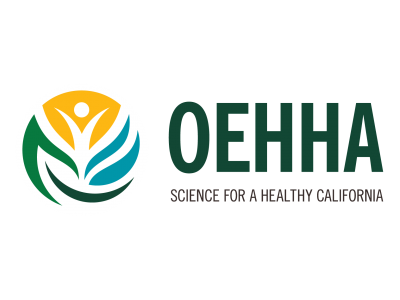WHAT IS CALIFORNIA PROPOSITION 65?
California’s Proposition 65 is officially known as the Safe Drinking Water and Toxic Enforcement Act of 1986. It is intended to help Californians make informed decisions about protecting themselves from chemicals that could cause cancer, birth defects, or other reproductive harm.
A list of these chemicals is maintained up to date (at least once a year) by the state and now contains more than 900 different chemicals. Proposition 65 is administered by the Office of Environmental Health Hazard Assessment (OEHHA), which is part of the California Environmental Protection Agency (CalEPA). OEHHA determines whether chemicals meet the scientific and legal requirements for inclusion on Proposition 65 list and administers regulations that govern warnings and other aspects of Proposition 65.
A substance may be added to the OEHHA list if it is considered by an authoritative body to cause cancer in humans or laboratory animals. Organizations designated as authoritative bodies by the state of California include the International Agency for Research on Cancer (IARC), the US National Toxicology Program (NTP), and the US Environmental Protection Agency (EPA), among others.
The Proposition 65 list includes several naturally occurring and synthetic chemicals that may be present in a wide range of products that people use in their homes or workplaces or in products that can be released to the environment, such as household products, food, drugs, pesticides, and others.
PROPOSITION 65 REQUIREMENTS
Businesses in California are prohibited to discharge significant amounts of listed chemicals into sources of drinking water and are obliged to inform Californians about exposure to such chemicals from consumer products.
By law, unless the exposure is low enough to pose significant risk of cancer or is significantly below levels observed to cause birth defects or reproductive harm, a warning must be given for listed chemicals. This means that consumer products that expose individuals to the chemicals present in the list must contain a “clear and reasonable” Proposition 65 warning. These warning may be present in the labelling and in signs posted in the workplace, and it also can be distributed in notices or published in the newspaper.
The warning symbol consists of a black exclamation point in a yellow equilateral triangle with a bold black outline and the word WARNING (in bold) and the following text:
WARNING: This product can expose you to [name of chemical], which is known to the State of California to cause cancer. For more information, go to www.P65Warnings.ca.gov.
All cosmetic product’s businesses, including manufacturers, producers, packagers, importers, suppliers and/or distributors must comply with Proposition 65.
ARE THERE EXEMPTIONS?
– Governmental agencies and public water utilities;
– Businesses with nine or fewer employees;
– OEHHA has established, for more than 300 listed chemicals, ‘safe harbor levels’, which guide businesses in determining whether a warning is necessary or whether discharges of a chemical into drinking water sources are prohibited. A safe harbor level indicates the level of exposure to a listed chemical that does not require a Proposition 65 warning;
– Exposures that pose no significant risk of cancer – The law defines “no significant risk” as a level of exposure that would cause no more than 1 extra case of cancer in 100,000 people over a 70-year lifetime. So a compound doesn’t have to be labeled if a person exposed to the substance at the expected level for 70 years is estimated to have less than a 1 in 100,000 chance of getting cancer due to that exposure;
– Exposures that will produce no observable reproductive effect at 1,000 times the level concerned;
– Exposures to listed chemicals that occur naturally in foods;
– Discharges that do not result in a “significant amount” of the listed chemical entering any source of drinking water.
WHAT ABOUT PRODUCTS SOLD OUTSIDE THE STATE OF CALIFORNIA?
Products that are sold outside of California are not required to have the warning label even if they contain substances that might cause cancer. Some companies that sell products all over the US only label those sent to California, even though all their products contain the same compounds.
References:
California Office of Environmental Health Hazard Assessment (OEHHA) – Proposition 65 – https://oehha.ca.gov/proposition-65















